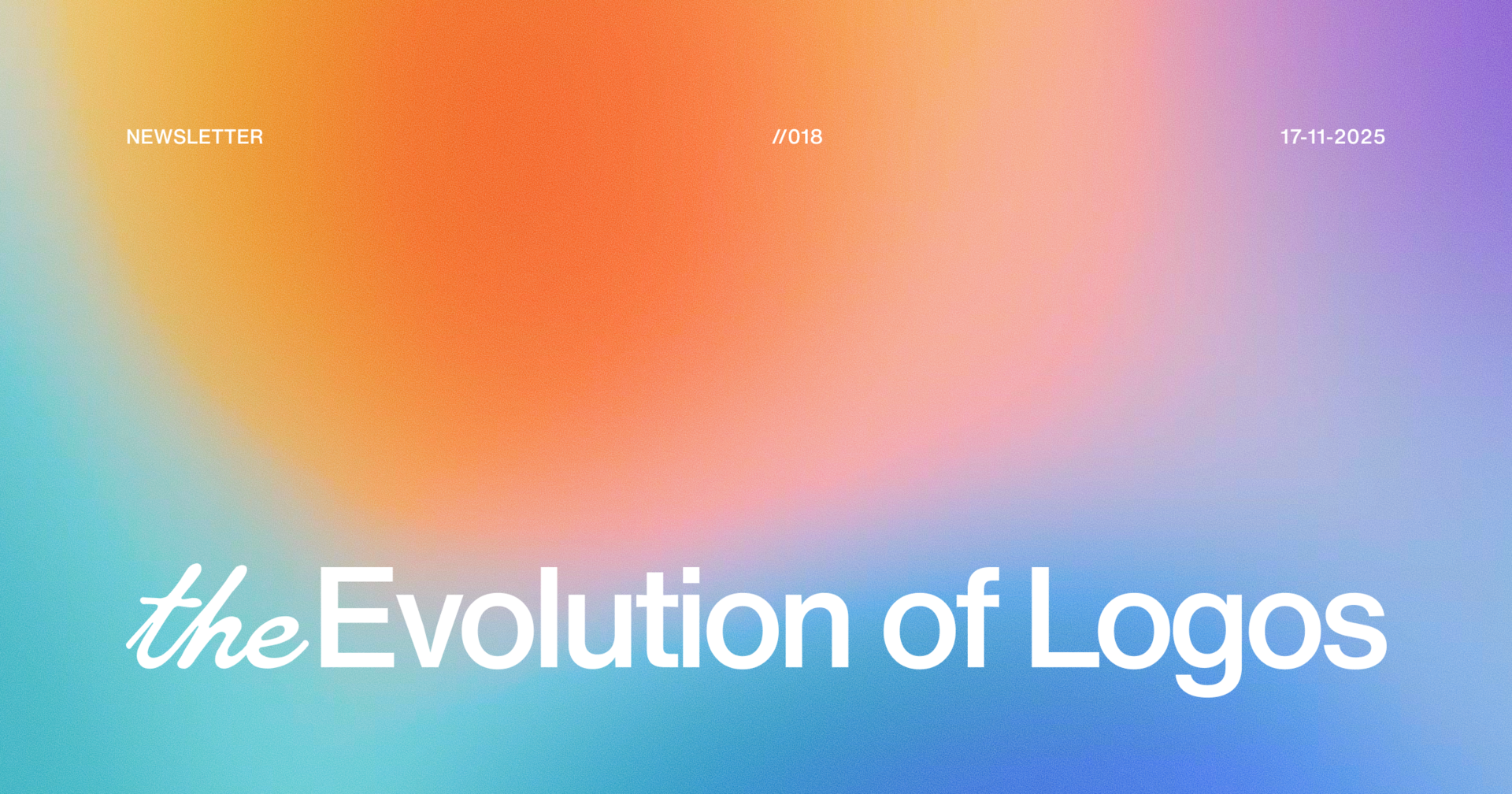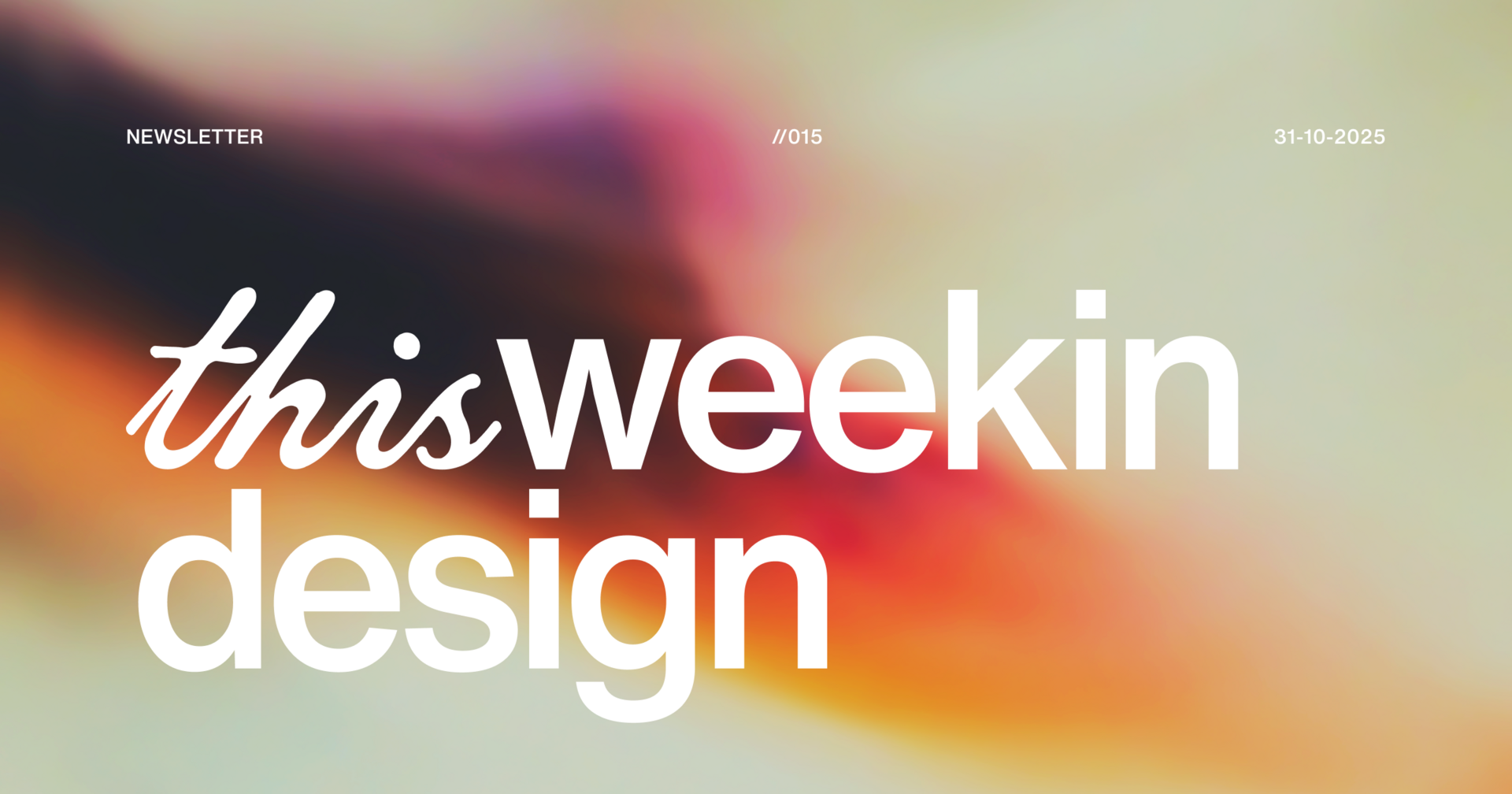
Creative direction is the guiding vision that shapes how a brand looks, feels, and speaks. It’s not just about choosing colors or designing a logo, it’s about setting the mood, tone, and perspective that every part of the brand follows.
Think of it this way: Design is the craft, making the logo, designing the website, creating the packaging. Creative Direction is the compass, deciding how those things should feel, so they all connect back to one unified story.
In branding, creative direction is about world-building.
It creates a consistent universe where every touchpoint feels like part of the same story, from your Instagram post to the unboxing of your product to the way your website scrolls.
Done right, creative direction doesn’t just decorate.
It orchestrates, turning strategy into a brand experience that feels intentional, cohesive, and unforgettable.

Why Creative Direction matters in Branding
Creative direction is where strategy meets execution.
It takes the big-picture vision of your brand and translates it into design, messaging, and experiences that people can actually interact with.
Here’s why it’s essential:
1. Aligns Strategy and Execution
A strong strategy sets the “why.”
Creative direction ensures that every design, word, and detail expresses that why clearly.
2. Shapes How the Brand Feels at Every Touchpoint
From a website scroll to a packaging unboxing, every moment carries an emotion.
Creative direction makes sure those emotions are intentional not accidental.
3. Creates a Cohesive and Memorable Brand Experience
When all visuals, words, and interactions are guided by one direction, your brand feels whole. That’s what makes people remember you.
4. Differentiates You in a Crowded Market
Products can be copied. Prices can be undercut. But a brand that feels unique through its creative direction, is almost impossible to replicate.
Elements of Creative Direction
Creative direction isn’t one thing, it’s a system of choices that work together to build a brand’s world.
Here are the core elements that make it happen:
1. Visual Language
The look of your brand is its most immediate signal.
This includes:
Colors → The palette that sets mood and emotion.
Typography → Fonts that carry personality bold, elegant, playful, or minimal.
Photography → Style of images, lighting, and composition that represent your vibe.
Iconography → A consistent visual style for icons, symbols, and graphics.
Visual language makes your brand instantly recognizable even before someone reads a word.
2. Verbal Language
How your brand speaks is just as important as how it looks.
This covers:
Tone of Voice → Friendly? Professional? Bold? Inspirational?
Storytelling Style → The way you share your journey and connect emotionally.
Messaging → The core phrases and narratives that repeat across all platforms.
Verbal direction ensures your brand’s voice feels the same on a website, in an email, or on social media.
3. Experience Design
Branding lives in the experiences people have with you.
This includes:
Website → Navigation, layout, interactions, and flow.
Packaging → The physical unboxing moment, textures, and details.
Customer Journey → Every touchpoint from first discovery to long-term loyalty.
Experience design makes your brand live in the real world.
4. Sensory Details
The small touches that elevate a brand from good to unforgettable.
Textures → Paper quality, fabric, or packaging finishes.
Sound → Notification tones, jingles, or ambient brand sounds.
Motion → How animations feel on your site or app.
Physical Experience → Store layouts, event setups, or product handling.
These sensory cues add layers of emotion, making people feel something deeper when they interact with you.
Think of creative direction as an orchestra:
Visuals, words, experiences, and sensory details all play different instruments but together, they create the brand’s symphony.

Creative Direction Process
Turning strategy into a living, breathing brand experience takes structure. Use this five-step process to move from vision to execution without losing the plot.
1) Understand the Brand Strategy
Goal: Anchor every creative decision to the brand’s truth.
Inputs: Brand story, personality, audience personas, positioning, values, business goals, competitors.
What you do:
Pull out 3–5 core truths (e.g., “approachable expert,” “quiet premium”).
Identify the emotional outcome you want users to feel (e.g., relief, excitement, trust).
Map must‑avoid territories (e.g., “no loud neon,” “no corporate jargon”).

2) Define the Mood & Perspective
Goal: Decide how the brand should feel before you design anything.
What you do:
Write a brand mood sentence: “Modern, warm minimalism with human imperfection.”
Choose 3 adjectives for each axis: Energy, Warmth, Formality, Complexity.
Draft perspective rules: e.g., “We champion beginners,” “We celebrate craft over hype.”
3) Create Moodboards & Style References
Goal: Align visually before investing time in production.
What you do:
Build 2–3 distinct moodboards (not variations of the same thing).
Include photography style, typography direction, color palette tests, icon/illustration cues, motion references.
Add short captions explaining why each choice fits the strategy.
4) Translate Into Touchpoints
Goal: Turn the chosen direction into real experiences across the brand.
What you do (by channel):
Web/App: Layout grid, spacing system, component library, micro‑interactions, empty state tone, error message voice.
Social: Post templates, hierarchy rules, image treatment, headline length, motion pacing.
Packaging/Print: Materials, finishes, texture rules, information hierarchy, photography cropping.
Messaging: Voice/tone guide, headline formulas, CTA patterns, do/don’t phrasing.
Brand System: Logo usage, clear space, color ratios, type scales, icon grid, illustration rules.
5) Review & Refine
Goal: Keep coherence as you scale, from first draft to live product.
What you do:
Run a touchpoint audit: website, socials, ads, email, packaging score each 1–5 for visual/verbal consistency.
Gather real user feedback (5–10 target users) on clarity and feeling.
Create a Consistency Checklist for the team (color ratios, tone cues, spacing rules, CTA wording).
Schedule quarterly tune‑ups: evolve gently, not chaotically.
Quick Checklist
Use this list as a quick filter to see if your creative direction is truly on point:
Does every design choice align with the brand strategy (story, values, audience etc)?
Is the mood and feeling consistent across website, packaging, social, and ads?
Would people still recognize your brand even if the logo was removed?
Are visuals and words telling the same story (no mixed signals)?
Do all touchpoints feel like they belong to one cohesive world?
Is the direction distinct enough to stand out in your industry?
Can your team or partners apply it easily using clear guidelines?





